Elk Skulls 101: How to Clean, Prepare, and Present
Elk are majestic creatures that roam the vast wildernesses of North America. Their impressive antlers, regal stature, and powerful presence have captivated the imagination for centuries. This blog will discuss the elk skull and its significance in nature.
At the heart of their allure lies the enigmatic elk skull. This skeletal structure not only serves as a testament to the magnificence of these creatures but also holds deep historical, cultural, and symbolic significance.
The Definition and Significance of an Elk Skull
An elk skull is the complete bony framework forming an elk’s head after death. It comprises interconnected bones that provide structural support and protection for vital organs such as the brain, sensory organs like the eyes and nose, and teeth used for feeding.
The skull is a distinctive feature unique to each elk and is crucial in understanding their biology. Beyond its biological definition, the elk skull carries immense symbolic weight in numerous cultures throughout history.
It is seen as more than just a physical relic; it represents strength, endurance, wisdom, and primal instincts. The presence of an intact elk skull often evokes feelings of awe and reverence among those who encounter it.
Physical Characteristics and Symbolism Associated with Elk Skulls
An examination of an elk skull reveals several remarkable physical characteristics worth exploring. The most striking feature is undeniably its antlers – majestic extensions growing annually on male elks known as bulls. These antlers consist of a large central beam from which multiple tines branch out gracefully.
The size and complexity of antler formations vary depending on factors such as genetics, nutrition, age, overall health, and environmental conditions. They play a significant role during mating season when bulls engage in fierce battles to establish dominance and secure breeding rights with females. Furthermore, the elk skull’s eye sockets and nasal cavities are intriguing anatomical elements. The hollow spaces once held organs vital for perception and survival.
Once filled with life and vitality, the eyes were windows into an elk’s world, providing keen vision adapted to its natural surroundings. Likewise, the nasal cavity housed a highly sensitive olfactory system that allowed elks to navigate their environment and detect potential dangers or food sources.
Anatomy of an Elk Skull
General Structure and Composition
The elk skull is a marvel of nature’s design, composed of several distinct elements that work harmoniously to provide protection and functionality. At its core lies the frontal bone, a large and prominent flat bone that forms the majestic forehead of the elk. This robust structure acts as a shield, safeguarding the delicate brain from external forces. One of the most striking features of an elk skull is undoubtedly its antlers.
These bony extensions grow annually on male elk, known as bulls, and are renowned for their remarkable size and intricate branching patterns. The antlers consist of two primary components: the beam and the tines.
The beam represents the main shaft from which these magnificent branches originate, while the tines sprout outwards in various directions with elegant curvature. These antlers undergo regrowth yearly, reaching astonishing dimensions that further exemplify their dominance within their environment.
The eye sockets and nasal cavities within an elk skull serve vital sensory functions for these majestic creatures. The eye sockets protect and house the eyes, enabling them to survey their surroundings with remarkable insight.
The nasal cavity plays a crucial role in scent detection by providing ample space for sensitive olfactory receptors to capture airborne molecules. These hollow spaces contribute to an elk’s heightened awareness of navigating its environment.
Dental Features
Within an elk’s formidable jaw lies a remarkable set of teeth specialized for its herbivorous diet. Incisors are located at the front of the mouth and serve as cutting tools that enable elk to bite off vegetation efficiently. These teeth play a pivotal role in feeding on various plant matter throughout their habitats.
Canines are present primarily in males and exhibit sexual dimorphism compared to females’ smaller canines. During mating or rutting season, males compete fiercely, employing these canines as formidable weapons in combat.
They play a pivotal role in establishing dominance and securing mating rights. The molars and premolars of an elk skull are paramount for grinding and pulverizing plant material during the digestive process.
These teeth possess specialized surfaces that effectively break down tough cellulose in their herbaceous diet, facilitating proper nutrient extraction. Overall, the intricate dental arrangement within an elk’s skull exemplifies nature’s adaptation to optimize feeding strategies for these majestic creatures in their diverse habitats.
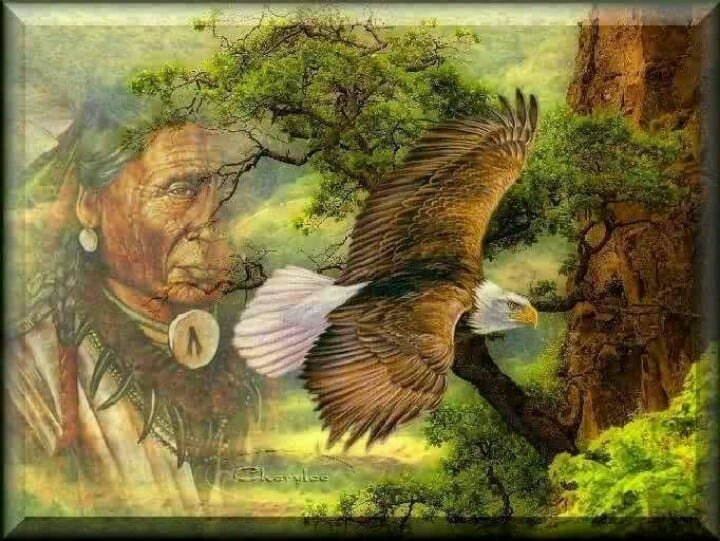
Cultural Significance of Elk Skulls
Native American Beliefs
Throughout history, Native American tribes have maintained a deep spiritual connection with the natural world, considering animals as sacred beings with unique powers. The elk, highly regarded for its strength and majestic presence, holds a special place in Native American folklore and belief systems.
The elk skull, therefore, became a symbol of this spiritual connection to nature and animal spirits. For many tribes, the elk skull represented wisdom and guidance.
It was believed that by communing with the spirit of the elk through its skull, individuals could tap into the vast knowledge of nature and receive guidance on matters of importance. Shamans often used elk skulls in rituals and ceremonies to establish stronger bonds with nature’s forces or seek spiritual visions.
Use in rituals, ceremonies, and tribal art.
The elk skull was essential in various Native American rituals and ceremonies. It was believed that incorporating the spirit of the elk into these practices would bring prosperity and protection to the tribe. During ceremony preparations, elders would conduct elaborate purification rituals on the elk skull to ensure its spiritual purity.
Elk skulls were also used as decorative elements during tribal gatherings or powwows. They were adorned with feathers, beads, or other natural materials representing different aspects of tribal symbolism.
These decorated skulls served as powerful symbols of cultural heritage while honoring the majestic essence of the elk. Tribal art extensively featured depictions of elk skulls as well.
Various mediums, such as paintings on hides or pottery, showcased intricately detailed representations of these skulls alongside other significant elements like arrows or dreamcatchers. Through such artistic expressions, Native Americans celebrated their reverence for nature’s harmony while preserving cultural narratives for future generations.
Decorative purposes in rustic or Western-themed interior design
In modern times, the symbolism of elk skulls has found new avenues of expression. Many individuals are drawn to the rustic charm and timeless allure that elk skulls bring into their living spaces.
In rustic or Western-themed interior design, elk skulls are often incorporated as striking focal points, adding an air of authenticity and connection to the natural world. Decorative elk skulls can be displayed on walls, mantelpieces, or as centerpieces in homes, cabins, or lodges.
They evoke a sense of rugged beauty and link to the untamed wilderness. When paired with elements like antler chandeliers or leather furnishings, these skulls create an ambiance reminiscent of the wild landscapes where elk roam freely.
Furthermore, modern interpretations also view elk skulls as symbolic representations of strength, power, and wilderness. They remind one to embrace inner strength and resilience while staying connected to nature’s raw beauty.
As more people seek a deeper connection with their surroundings and yearn for elements that inspire them toward personal growth and exploration, elk skulls have become increasingly popular in decorative and symbolic contexts. The symbolism and cultural significance of elk skulls extend across Native American beliefs and contemporary interpretations.
These revered objects represent a spiritual connection to nature’s wisdom and animal spirits within Native American traditions. Additionally, they find a place in modern aesthetics through rustic or Western-themed interior design, where they symbolize strength, power, and an unbreakable bond with the wild landscapes that inhabit our souls.
Ecological Importance of Elk Skulls
Role in Ecosystem
Elk skulls play a crucial role in the ecosystem, vital components of the nutrient-cycling process following an elk’s death. When an elk dies, its carcass sustains a complex chain of events contributing to recycling nutrients back into the environment.
With its robust structure and high mineral content, the elk skull becomes a focal point for scavengers and decomposers. As decomposition occurs, bacteria and fungi break down organic matter within and around the skull.
This process releases essential nutrients previously locked within the animal’s body. Subsequently, scavengers such as carrion-eating birds like ravens and vultures flock to the scene to feast on this rich food source.
Their consumption assists in breaking down remaining tissues while dispersing nutrients through their droppings across various locations within the ecosystem. Beyond contributing to nutrient cycling, elk skulls provide valuable shelter for small animals and insects.
The natural crevices and hollow spaces within these skulls act as safe havens for organisms seeking refuge from predators or harsh environmental conditions. Insects like beetles and bees may use these protective structures by creating nests or hives.
Nutrient Cycling through Decomposition after Death
The decomposition process initiated by an elk skull’s presence plays a pivotal role in replenishing nutrients back into our ecosystems. As bacteria break down organic matter from external surfaces and hidden recesses within the skull, essential elements such as nitrogen, phosphorus, carbon, and potassium are released into surrounding soils or bodies of water.
This release allows plants to absorb these vital nutrients during their growth stages. Consequently, other herbivorous animals depend on these plants for sustenance, forming an interconnected web of energy flow.
The decomposition of elk skulls helps maintain the balance and health of ecosystems by supporting the growth and productivity of various plant species. Moreover, as scavengers like ravens and vultures feed on the carcass around the elk skull, they indirectly participate in nutrient recycling.
Once these birds have digested their meal, they excrete droppings containing concentrated nitrogen levels and other essential elements. These droppings act as natural fertilizers when spread across the landscape during their flights or when deposited at roosting sites.
Providing Shelter for Small Animals or Insects
The intricate structure of an elk skull offers a sanctuary for numerous small animals and insects seeking shelter from predators or harsh environmental conditions. When an elk dies in a forested area, its skull may remain intact for several years before fully decomposing. During this time, burrowing mammals like mice or ground squirrels may utilize small openings within the skull to establish secure dens.
These dens protect from predators such as foxes or coyotes while offering a safe space to raise offspring. In addition to burrowers, various insects find refuge within the crevices and hollow spaces of elk skulls.
Beetles are particularly attracted to these intricate structures due to their affinity for dark and secluded habitats. Within the safety of an elk skull, beetles construct nests where they lay eggs and rear their young.
Elk skulls are intriguing symbols with cultural significance and important ecological players. By serving as focal points for decomposition processes following an elk’s death, these skulls contribute to nutrient cycling in ecosystems.
Moreover, they offer shelter and protection for small animals and insects seeking refuge from predators or harsh environmental conditions. Understanding the ecological importance of elk skulls highlights the interconnectedness of all living organisms in nature’s intricate web.
Preservation Techniques for Elk Skulls
Cleaning Methods
When preserving an elk skull, proper cleaning is of utmost importance. There are several methods to choose from, but two of the most effective techniques are maceration and dermestid beetles.
Option1
Maceration involves submerging the elk skull in water, allowing bacteria to break down flesh and clean the bones. This method requires a large container to hold the skull and enough water to cover it completely. It is essential to change the water every few days and monitor the process closely.
Bacteria will consume the soft tissue during maceration, leaving only clean bones behind. However, it is crucial to note that this process can take several weeks or months, depending on environmental conditions such as temperature and humidity.
Option 2
Dermestid Beetles: Another effective method for cleaning elk skulls involves dermestid beetles. These small insects can remarkably consume flesh without damaging bones or delicate structures like antlers.
To employ this method, one needs a container with good ventilation that can accommodate both the skull and a colony of dermestid beetles. The beetles are provided with fresh meat as a food source while simultaneously devouring any remaining flesh on the elk skull.
It is vital to maintain appropriate temperature and humidity levels for optimal beetle activity during this process. Regular monitoring will ensure that all tissue is removed without compromising bone quality.
Click here for our blog on Preservation Techniques for Elk Skulls
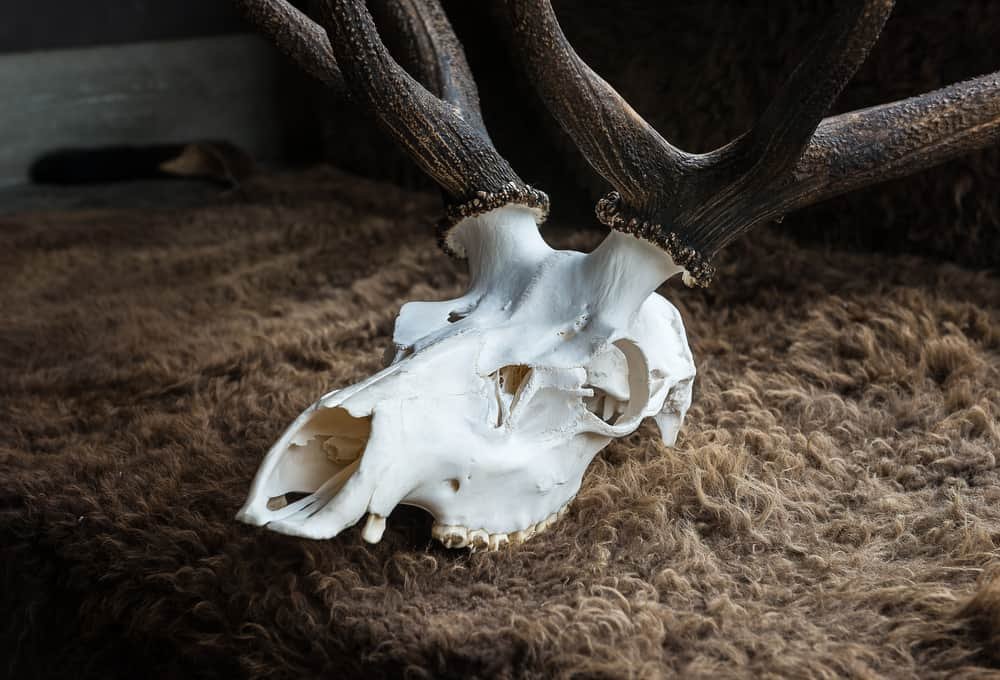
Conclusion
Preserving an elk skull requires careful attention and consideration. By employing cleaning methods such as maceration or dermestid beetles, enthusiasts can ensure that these magnificent artifacts remain intact while removing any remaining flesh or tissue.
The preservation process allows us to admire these majestic creatures’ natural beauty and reminds us of their ecological importance. Elk skulls provide shelter for small animals and contribute to nutrient cycling in the ecosystem even after the animal’s passing.
By caring for and appreciating these remarkable structures, we can continue to honor the elk’s spirit, symbolizing strength, power, and our connection to the natural world. May their preserved remains inspire us to protect wildlife and embrace the wonders of nature with reverence and awe.
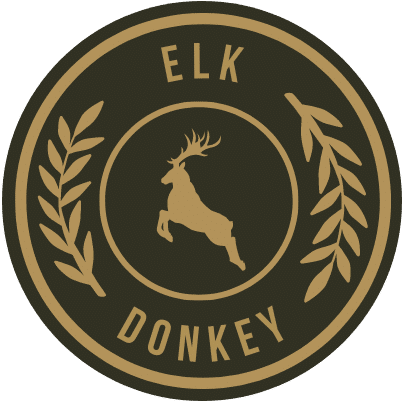



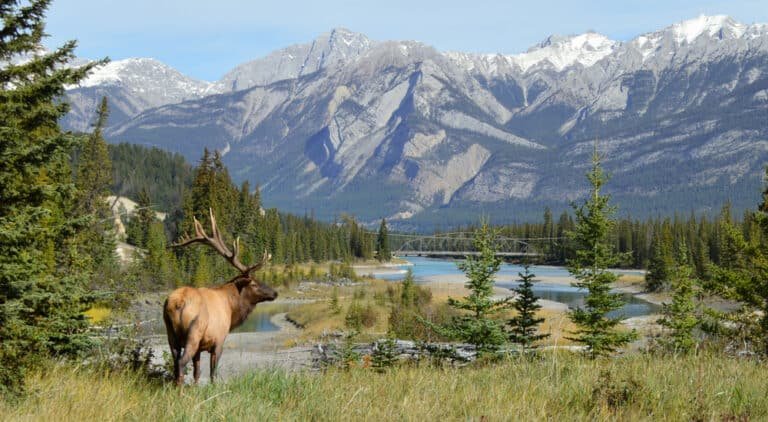
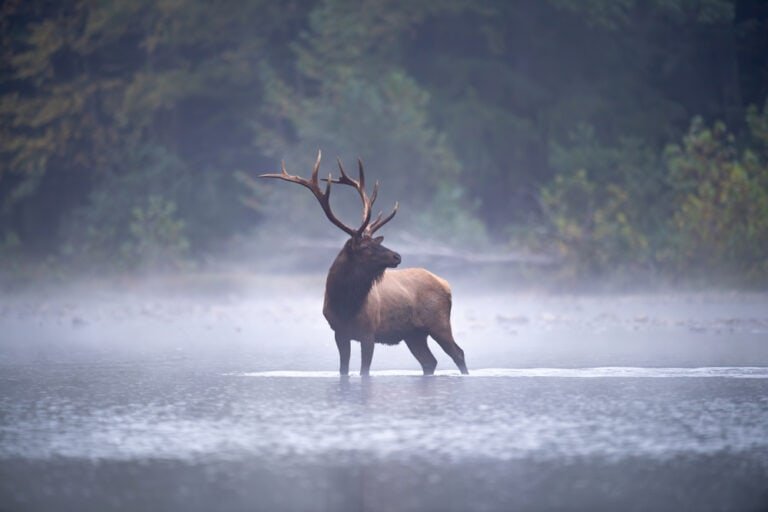
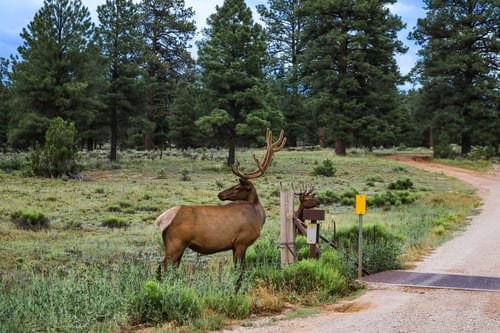
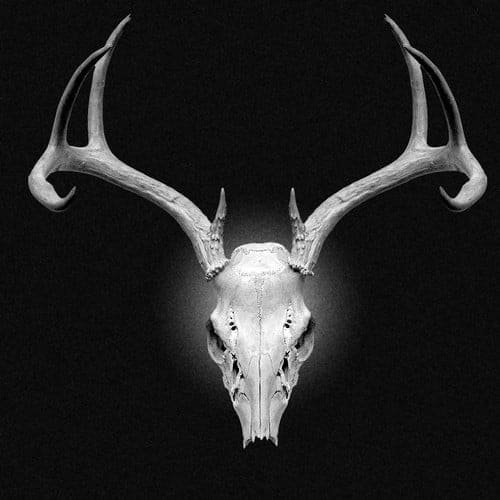
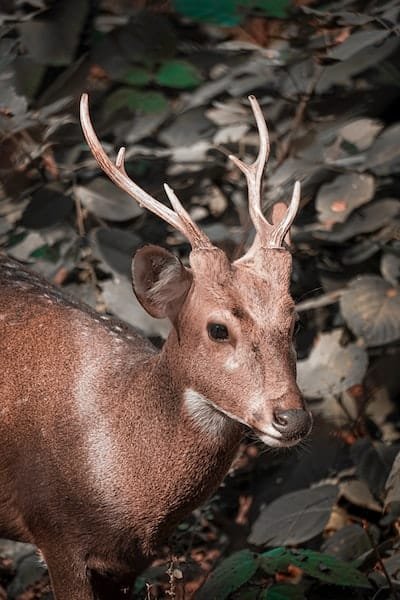
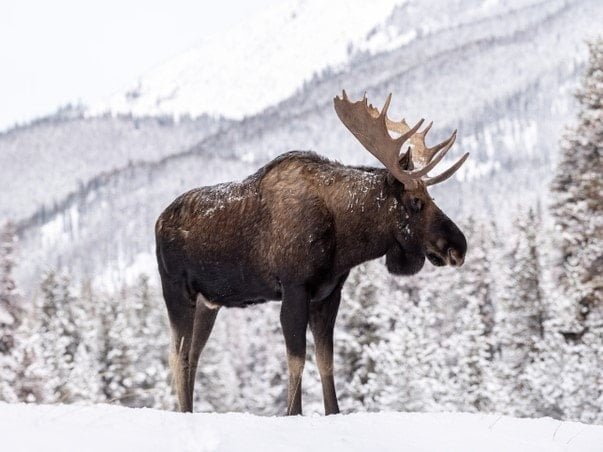
Точно трендовые события мира fashion.
Исчерпывающие новости мировых подуимов.
Модные дома, лейблы, haute couture.
Свежее место для стильныех людей.
https://whitesneaker.ru/
Очень актуальные события индустрии.
Все новости лучших подуимов.
Модные дома, торговые марки, гедонизм.
Новое место для стильныех хайпбистов.
https://urban-moda.ru/
Полностью трендовые новости модного мира.
Абсолютно все события самых влиятельных подуимов.
Модные дома, лейблы, haute couture.
Самое лучшее место для трендовых хайпбистов.
https://worldsfashion.ru/
reputable mexican pharmacies online
https://cmqpharma.com/# mexican pharmaceuticals online
buying from online mexican pharmacy
medication from mexico pharmacy: buying prescription drugs in mexico – mexico drug stores pharmacies
Superb posts! Have a look at my page Webemail24 where I also put in extra effort to create quality information about Website Design.
You absolutely know how to keep your readers interest with your witty thoughts on that topic. I was looking for additional resources, and I am glad I came across your site. Feel free to check my website ArticleHome about Branding.
You made some really good points on your post. Definitely worth bookmarking for revisiting. Also, visit my website Autoprofi for content about Used Car Purchase.
I like this site it’s a master piece! Glad I noticed this ohttps://69v.topn google.Leadership
https://foruspharma.com/# mexican border pharmacies shipping to usa
indian pharmacy paypal top 10 online pharmacy in india world pharmacy india
cheapest pharmacy canada: canadian pharmacy prices – canada drugs online
safe reliable canadian pharmacy: canadapharmacyonline legit – canada drugstore pharmacy rx
Online medicine home delivery best online pharmacy india indian pharmacy online
mexican online pharmacies prescription drugs: mexico pharmacies prescription drugs – buying prescription drugs in mexico online
https://indiapharmast.com/# indianpharmacy com
canadianpharmacyworld com: canadian pharmacy online store – canadian pharmacy 1 internet online drugstore
canadian pharmacy mall: northern pharmacy canada – www canadianonlinepharmacy
mexican rx online mexican online pharmacies prescription drugs reputable mexican pharmacies online
mexico drug stores pharmacies: mexican online pharmacies prescription drugs – pharmacies in mexico that ship to usa
indian pharmacy paypal: indianpharmacy com – reputable indian pharmacies
http://foruspharma.com/# mexico pharmacies prescription drugs
world pharmacy india: pharmacy website india – reputable indian online pharmacy
canadian pharmacy no scripts: canadian pharmacy meds reviews – canadian pharmacy 24h com safe
top online pharmacy india: india online pharmacy – best india pharmacy
http://amoxildelivery.pro/# 875 mg amoxicillin cost
https://ciprodelivery.pro/# buy ciprofloxacin over the counter
https://ciprodelivery.pro/# ciprofloxacin generic price
http://ciprodelivery.pro/# cipro 500mg best prices
http://clomiddelivery.pro/# clomid pill
https://doxycyclinedelivery.pro/# cheapest doxycycline tablets
https://paxloviddelivery.pro/# paxlovid cost without insurance
http://clomiddelivery.pro/# where to get clomid without rx
https://amoxildelivery.pro/# where can i buy amoxicillin over the counter